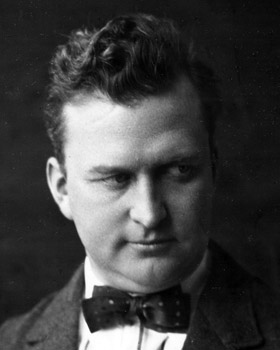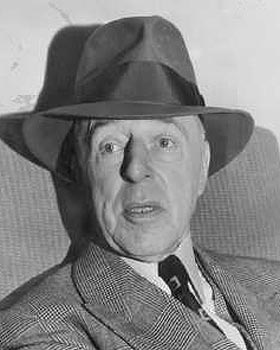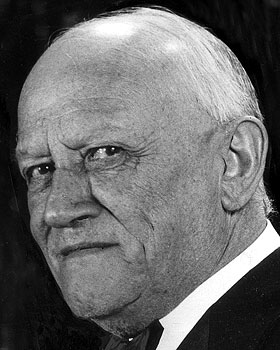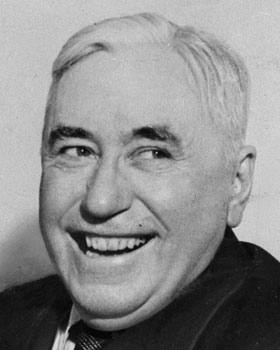Thomas Ince
Thomas Ince’s rise from obscure actor to pioneer of the modern studio layout is one of the dramatic stories of the industry. He worked as an actor, then major director, then producer, advancing steadily in his chosen field and innovating the system of moviemaking.
Born in 1882 to a Rhode Island show business family, Ince became a seasoned stage performer before he was 15. In 1910, three years after he married actress Elinor "Nell" Kershaw, Ince was acting for Carl Laemmle's Independent Motion Picture Co. and directing the Mary Pickford films that Laemmle made in Cuba.
The following year, Ince moved to Los Angeles for a $150-a-week job directing films for the Bison Co., which was located in a former grocery store in Edendale, now Echo Park.
As the cameras — and the money — continued rolling, Ince relocated his filmmaking to Pacific Palisades. He built Inceville on 18,000 acres at Santa Ynez Canyon and Pacific Coast Highway, where Gladstone's restaurant stands today. The studio, reputed to be the first of its kind, had 520 people on the payroll and its grounds were home to sets including a Spanish mission, a Dutch village with canal and windmill, a Western town and, of course, a Sioux Indian village.
It was there that Ince — using a circus with 350 showmen — staged the Battle of the Little Big Horn in the ambitious three-reeler "Custer's Last Fight" (1912). For realism, Ince imported 100 Sioux Indians.
In 1915, he moved the studio to Culver City to create the Triangle Motion Picture Company with D.W. Griffith and Mack Sennett (now the present-day Sony Pictures Studios.) Ince created more films, including "Civilization" (1916), "The Dividend" (1916) and "Anna Christie" (1923).
On Nov. 16, 1924, Ince boarded press lord William Randolph Hearst's yacht — the Oneida — to celebrate his own birthday and the signing of a major contract to produce and distribute the films of actress Marion Davies, Hearst's longtime mistress. Other guests included comedian Charlie Chaplin, racy Edwardian novelist Elinor Glyn, actress Senna Owen and the head of Hearst's Cosmopolitan Magazine, Dr. Daniel Carson Goodman.
Ince had neglected his health for years and was being treated for ulcers and angina pectoris. While at sea, Ince suffered a heart attack. The Oneida put into San Diego and Ince was sent home by train.
Two more heart attacks quickly followed and the 42-year-old Ince died in bed at Dia Dorados, the Spanish-style hacienda he shared with his wife on 30 acres in Benedict Canyon. Nell Ince and the couple's two sons were at the filmmaker's bedside when he passed away.
Related stars
|
|






Share a thought about Thomas Ince